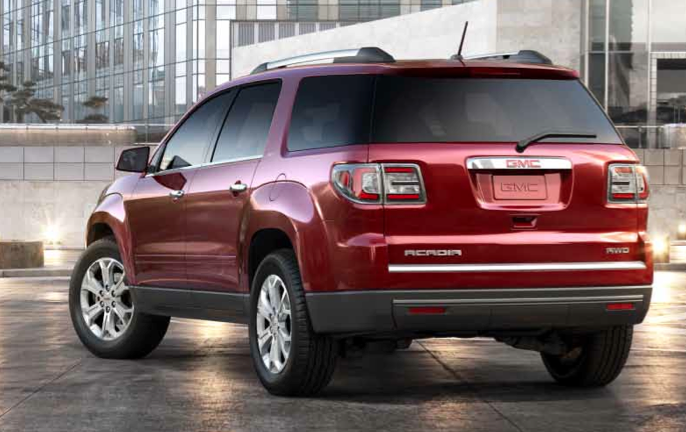Chrysler marketed a line called Sebring from 1995 through 2010.
This Wikipedia entry contains information about the various models over that period. The choice of name strikes me as curious. "Sebring" was probably intended to evoke the
Sebring International Raceway, a former World War 2 Army air base in Florida that since 1950 has been host to sports car events including a 12-hour endurance race. But Chrysler's Sebring cars at their best featured sporty looks, but were never even remotely sports cars. If the halo doesn't fit, why try to wear it?
The Chrysler Sebring that's the subject of this post is the final sedan version introduced for 2007, the one with the most curious and awkward styling details. The people who styled this Sebring are probably still around and can, if they wish, set the record straight in Comments. For that reason, I will keep my speculations as to why this Sebring was styled the way it was to a minimum, and focus on the appearance of the car itself.
Here are some views of the 2007 Chrysler Sebring four-door sedan. It has a long "greenhouse" for the passenger compartment coupled with a small trunk area bustle back. The result is a car proportioned as an almost-station wagon, giving it a slightly ponderous appearance even though the car is not large by American standards.
Another quirk is the set of linear indentations on the hood; somewhat similar lines are found on the
Chrysler Crossfire and the
Chrysler Pacifica whose production years overlapped the Sebring. This clearly seems to be an attempt at a styling theme identity for the brand, but it was not carried on the
Chrysler 300, introduced for the 2005 model year. For what it's worth, I never liked these hood surface lines. Whereas they might be explained as means of stiffening the hood's sheet metal, they simply add clutter to the design.
The third design flaw so far as I'm concerned is where the rear doors interact with the greenhouse. The door cut line at the rear is a reverse kink that has been used on many cars for many years, but nowadays is largely associated with the BMW 3-series. If the Sebring had followed the BMW pattern, the roof sheet metal would have followed the door cut. Instead, perhaps out of fear of being called a BMW copycat, Chrysler stylists continued the side window upper curve downwards until it touched the fender, placing black inserts to disguise the greenhouse part of the door cuts. This cannot be justified on functional grounds, and it fails aesthetically because it serves to emphasize the overly-long greenhouse. Fake and awkward are not good styling attributes.

As for the character lines on the sides, the grille, the headlamp ensembles and such, these seem to have been borrowed from the Chrysler Pacifica mentioned above with reference to the hood; note that the Pacifica's lines are raised strakes rather than indentations. That's a 2004 Pacifica station wagon/SUV crossover in the photo above.










































